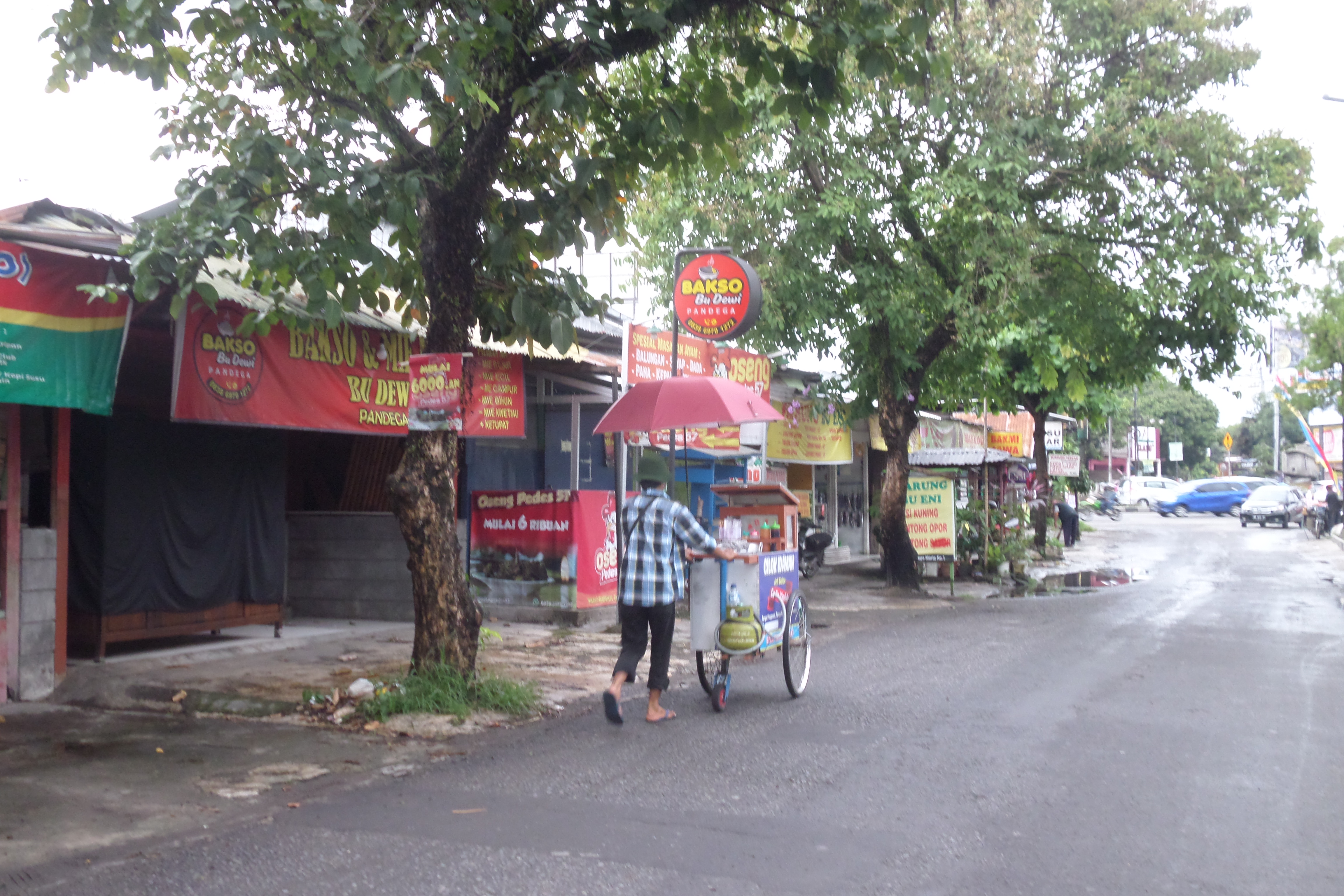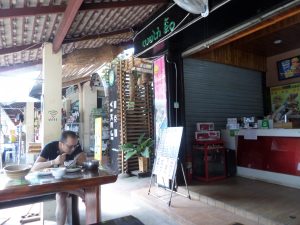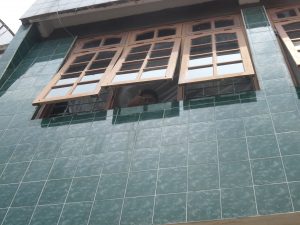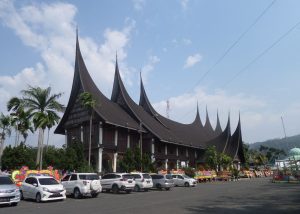Yogyakarta is not regarded a prime destination by most people, at least that’s what I found in guidebooks, on travel blogs and that’s what I heard from people I talked to, including a close friend of mine. You will hear that people spend at most a couple of nights in the city, and even that only because they want to see Prambanan and Borobudur, the the places I have written about in separate posts.
I decided to spend at least a month in Yogyakarta, because I am much more interested in local people, their way of life, how they spend their days and how they live when they are not corrupted by mass tourism and when they haven’t become greedy and spoilt. (I was flying into Yogyakarta – Jogja as it is called by locals – from Bali, a place that I wanted to escape from as soon as possible. Read my opinion about Bali here.)
The moment I landed at the airport, I felt that I would love this city. And the more time I spent there, the more I loved it. No, it was not because of the sights – there are few (excluding of course the world famous ancient temple complexes mentioned above), it was not because of good shopping opportunities (although there are many), and not even because of the food (although there are innumerable options and famous local food, too).
It was because of the local people, who are some of the nicest I have met during my travels (I have travelled a lot!). Instead of giving you general descriptions, I will list here a few of my favourite experiences, in which local people showed their kindness and hospitality.
1. Rambutan
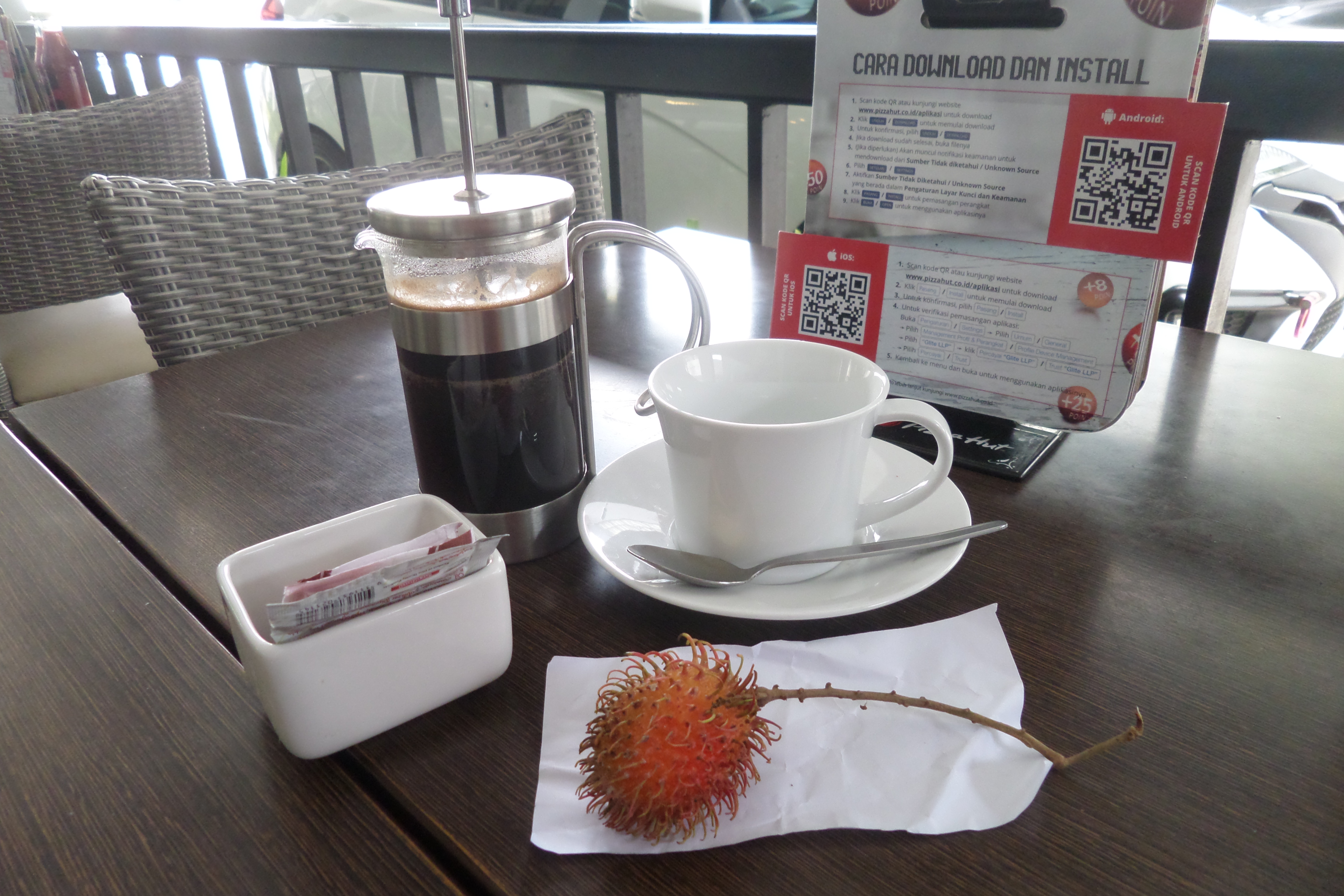
In Yogyakarta, I was living a little far from the city centre, in a very quiet neighbourhood, with detached houses all around. One day, I was walking along one of these nice little streets when I saw a man picking fruits from a tree in his garden. I looked at him, and he shouted out to me: “rambutan!”, which is the name of the fruit he was picking. I said, “very nice, good morning,” and kept walking. After a minute or so, a young girl was running after me, carrying a large bunch of rambutans in her hand, obviously from the tree, and she said to me: “This is for you”. I was so surprised, that I now feel a little ashamed how I couldn’t receive her kindness properly. I only accepted one single fruit (because I don’t like rambutans at all – of course I didn’t tell her about this), and now I am thinking, maybe this was not a very polite thing to do.
2. Mr Chaba, Be happy
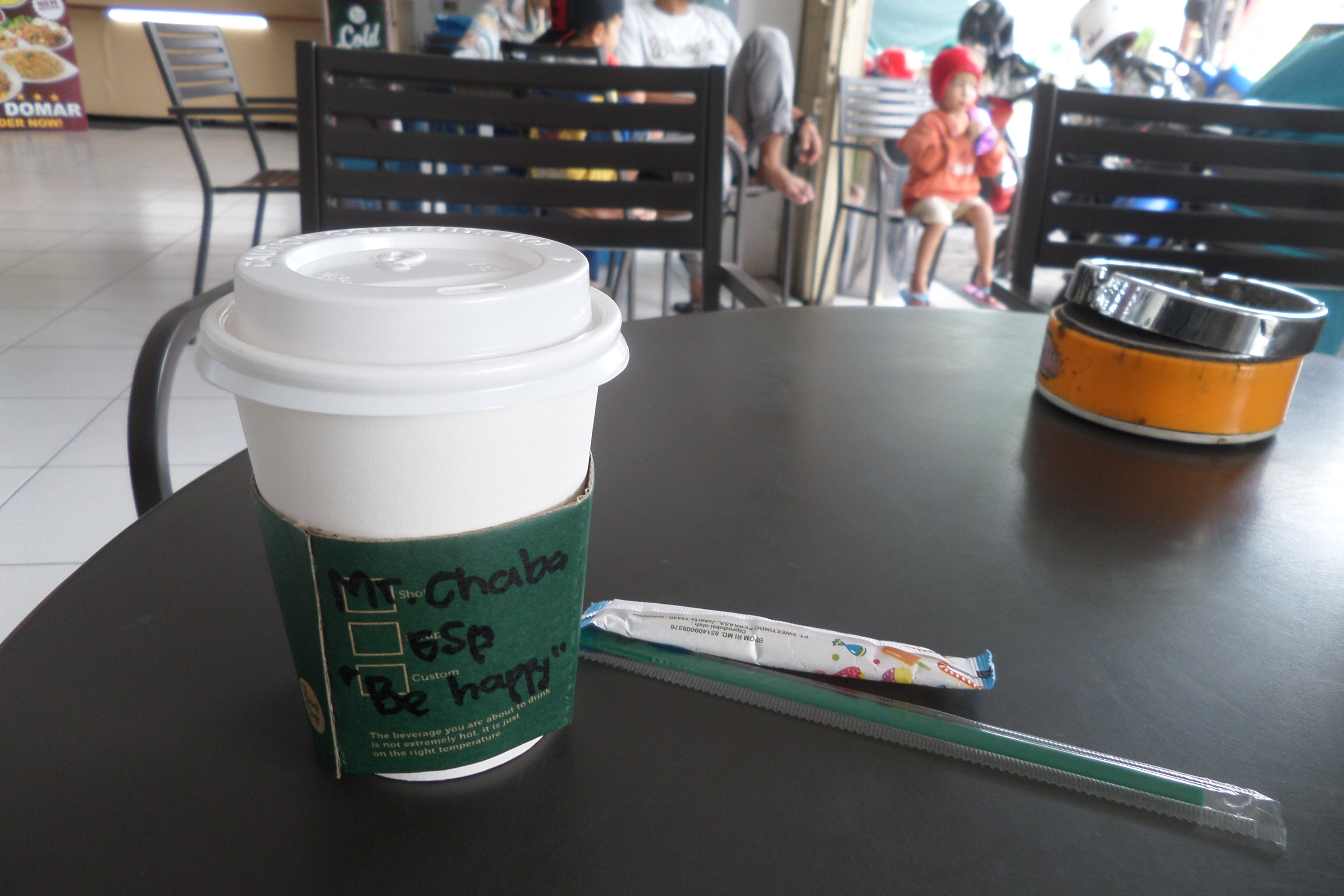
I was a regular at a local supermarket not only to buy snacks and water, but also because they sold espresso, a rare find in this part of the world. It was perhaps the third time when I ordered coffee, and the young guy asked me what my name was. How nice, I thought, and said to him, my name is Csaba (pronounced something like chah-bah). And when my coffee was ready, he gave it to me in this cup: he took out a pen and wrote on the cup: Mr. Chaba, “Be happy”. Yes, it did make me happy, indeed 🙂
3. The only word she knows in Hungarian
I had several favourite eateries near my homestay, and this happened at one of those little restaurants, but what makes this story special is that this was the very first time I visited this particular cafeteria. I needed a little help with ordering. It is not too easy: you get a piece of paper with a list of available dishes, and you need to tick the ones you want to order. But because everything is of course in Indonesian, and because my Indonesian was very primitive that time, I asked one of the staff members, a young girl, to help me. She did, and then asked me where I was from. Hungary, I said to her, and that was that, I had my dinner and left.
The next time I went to the same place was perhaps two or three days later. The same girls is behind the counter. I greet her, and she asks me “where are you from?” I wasn’t surprised, I was sure that she remembered that I was from a country which had a funny name, and she wants to ask me again, because she forgot.
I was wrong. I was very wrong! Or to put it in a US president style: I was very-very wrong!
Because when I said to her again that I was from Hungary, she said to me: köszönöm, which means “thank you” in Hungarian, and she said this with a perfect Hungarian accent! And then she immediately added: “this is the only Hungarian word that I know”. I was shocked. This girl must have invested a lot of work and effort into this. It is not as simple as looking up a Hungarian word online – that is one second, try it yourself. But to find out how on earth Hungarians pronounce this impossible word is not an easy task (listen to this below), and then you need to memorize it too.
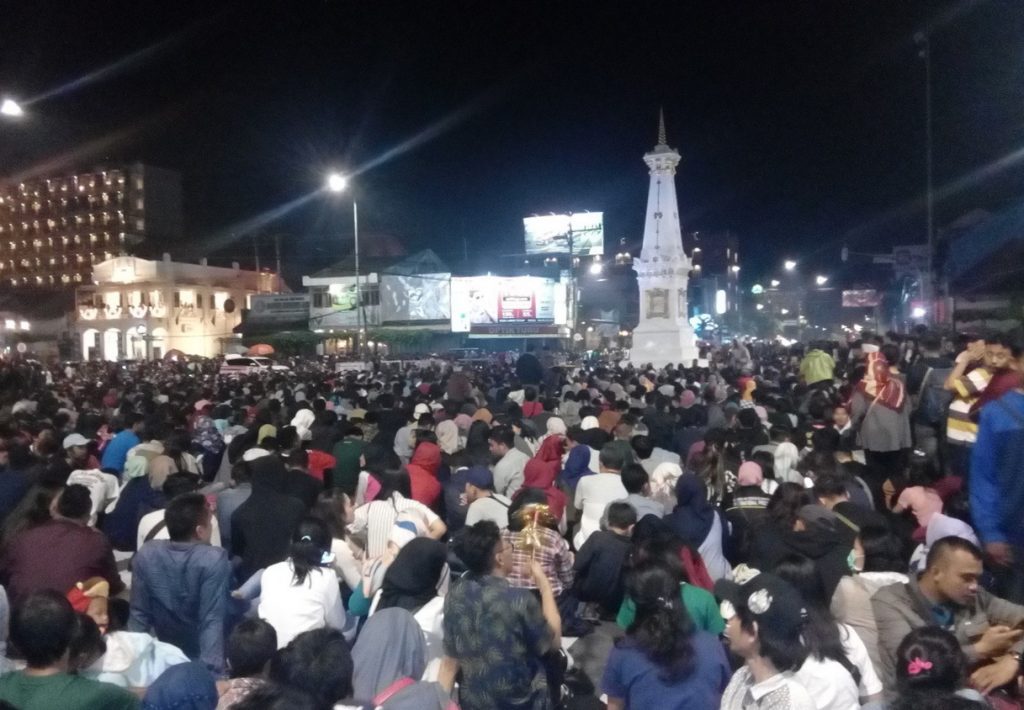
4. The rain, the cars and the pedestrian
I was in Jogja in the rainy season. Anyone who has been to this part of the world knows that when it rains, it pours – this time, I mean literally. But the rain comes and goes, and after a short time, it is sunny again, but the streets are wet, full of puddles. So one day, when I was walking on the streets after a heavy rain, I felt awfully nervous, because there are no pavements, and when a car or a motorbike passes by, you may be covered in rainwater and mud in a second. It was only after several minutes that I had realized that most of the cars and motorbikes slowed down when they were approaching me – now how is that? OK, this was not the centre of town, and there were only a few vehicles on the roads, but still, do you think you would experience the same in other parts of the world?
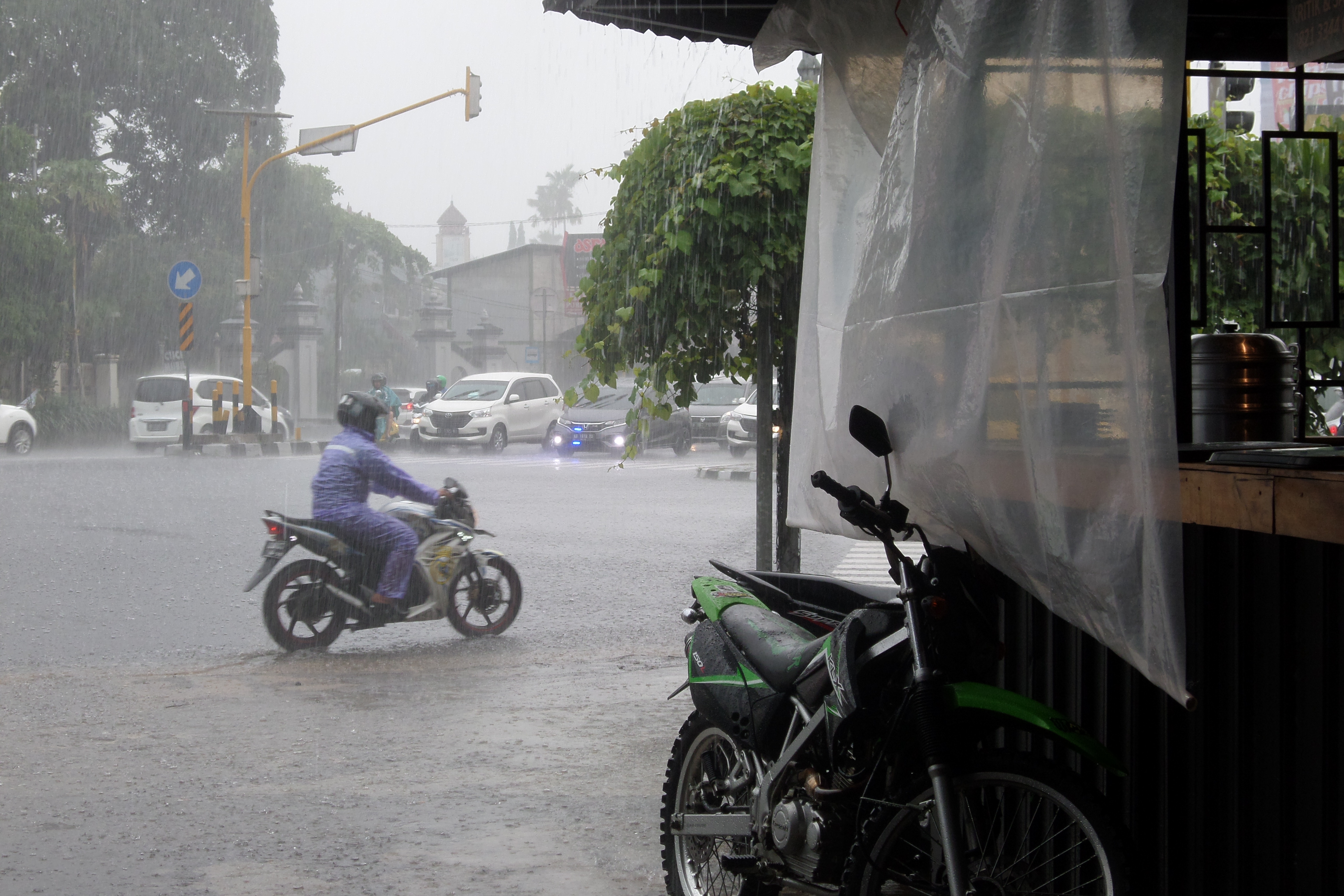
5. The ubiquitous but not so obvious kindness
Jogja people are generally kind and helpful, and you will feel it wherever you go. That is, if you try to interact with people and don’t only rush from temple to temple in your private taxi or even worse, a rented car. Go to the bus station where the bus to Borobudur leaves from, and the moment you arrive at the bus terminal, there will be several people (no, not the staff, simple people like you and me, other passengers) who will ask you where you want to go, and show you the bus to Borobudur without being asked to.
In a pharmacy, they spent a lot of time trying to find me a cheaper alternative with the same active ingredients, because I said to them, the one they first showed me was too expensive. The waiters and waitresses, the staff on the city buses and long distance buses, the employees at the railway station, and even the immigration office staff members (where I extended my visa) were all very nice and helpful, and even caring, I should say, trying to make sure I understand exactly where to go, what to do etc.
So even though Jogja is not full of tourist sights, I would highly recommend you stay at least a few days in the city, too, after or before you have seen Borobudur and Prambanan. But if you do, try to stay a little away from the city centre, because Yogyakarta, after all, is a tourist destination for local people, and you will not necessarily encounter all that I talked about in this post, if you only stay in the most touristy part of the city centre (around Malioboro street).
